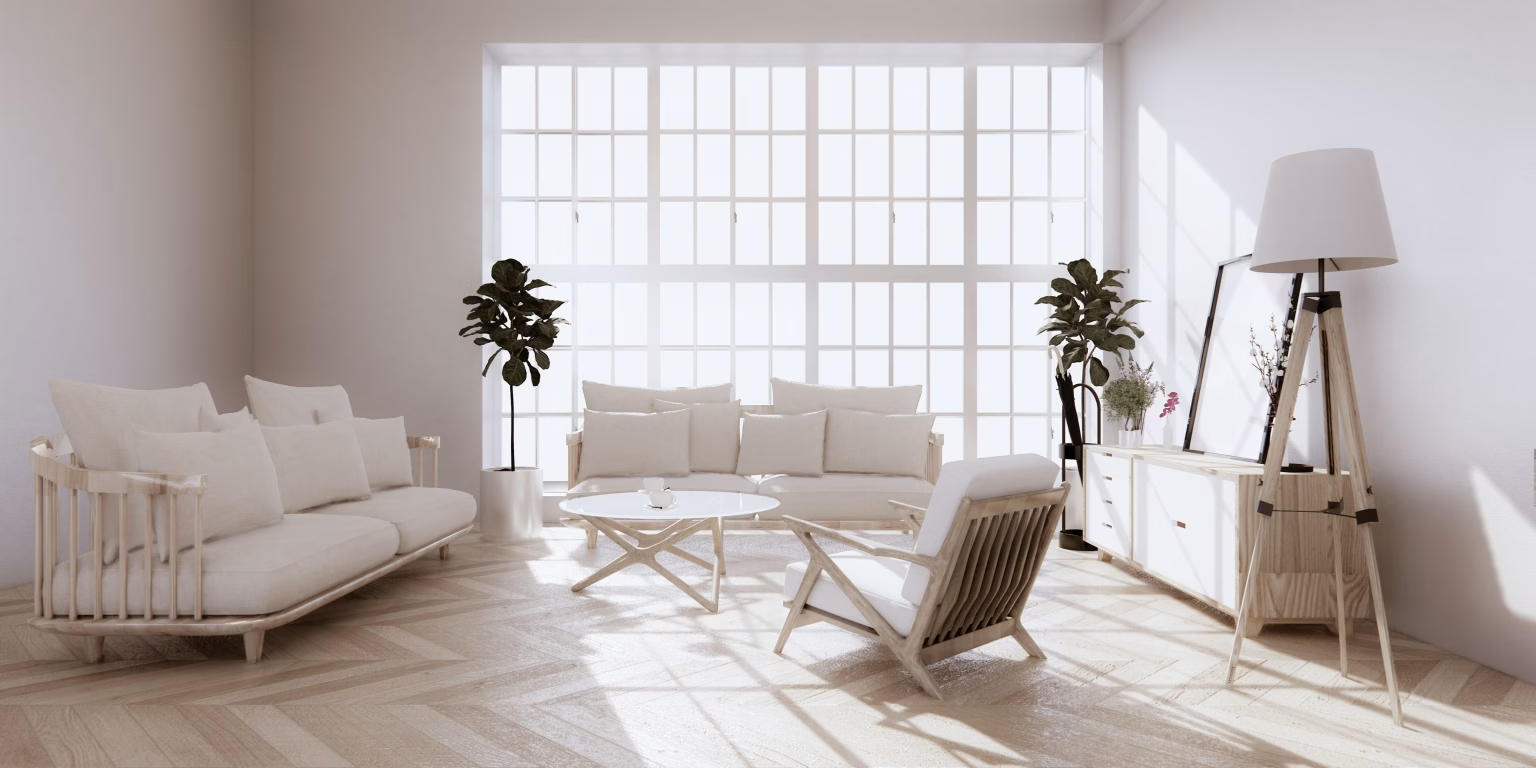Lighting is key in interior design. The right fixtures light up your space and add style. From chandeliers to wall sconces, your choices can change any room. They can make it look better, feel warmer, and show your personality.
This guide will help you pick the best fixtures. We’ll look at style, function, and the best lighting for different rooms.
Lighting Matters: Choosing Fixtures That Elevate Your Decor
1. Understanding the Role of Lighting in Interior Design
Lighting does more than just light up your home. It can:
- Set the Mood: Bright lights make a space lively, while soft lights make it cozy.
- Enhance Architecture: Good lighting highlights your home’s best features.
- Reflect Your Personal Style: Your light fixtures can show off your taste and add drama.
Before picking fixtures, think about the mood you want. How can your lighting help create that?
2. Key Types of Lighting Fixtures
There are different lighting fixtures for different needs. Each has its own role:
a. Ambient Lighting
Ambient lighting lights up a whole room. Ceiling lights, chandeliers, and recessed lights are good for this. They set the mood and light up your space for daily tasks.
b. Task Lighting
Task lighting focuses on areas for specific activities. Desk lamps, kitchen under-cabinet lights, and bathroom vanity lights are examples. They help with tasks like reading or cooking.
c. Accent Lighting
Accent lighting highlights special areas or features. It’s softer and more focused. Wall sconces, track lights, and spotlights are good for this. They add drama to your space.
Using all three types of lighting creates a balanced look. It’s both useful and beautiful.
3. Choosing Fixtures Based on Your Decor Style
Your lighting should match your décor. Here are some styles and the best fixtures for each:
a. Modern/Minimalist Decor
Modern homes need clean, simple lighting. Choose fixtures with clean lines and materials like chrome or glass. Good choices include:
- Pendant Lights: Geometric shapes or metallic bulbs work well in modern spaces.
- Recessed Lighting: It looks sleek and doesn’t take away from other design elements.
- Slim Floor Lamps: These add a modern touch without taking up too much space.
b. Traditional/Classic Decor
Traditional homes need elegant lighting. Look for fixtures that show off craftsmanship. Good choices include:
- Chandeliers: Crystal or wrought-iron chandeliers add elegance to dining rooms or entryways.
- Wall Sconces: Sconces with metalwork or soft shades fit classic interiors well.
- Candelabra-Style Fixtures: They mimic candlelight and are great for formal rooms.
c. Industrial/Rustic Decor
For industrial or rustic spaces, focus on raw materials like metal, wood, and exposed bulbs. Some popular options include:
- Edison Bulbs: Bare Edison bulbs suspended by cords or mounted in metal fixtures capture the industrial vibe.
- Metal Pendants: Fixtures made of aged or brushed metal add an industrial edge to kitchens or dining rooms.
- Wood Accents: Incorporate fixtures that mix wood and metal for a rustic feel, such as a wooden chandelier or lantern-style lights.
By selecting fixtures that align with your design style, you create a cohesive look that enhances the overall aesthetic of your space.
4. Lighting for Different Rooms in the Home
Each room in your home has unique lighting needs. Choosing the right fixtures depends on the room’s purpose, size, and natural lighting:
a. Living Room
The living room is a space for relaxation and entertainment, so it requires flexible lighting:
- Overhead Lighting: A statement chandelier or large pendant light provides ample ambient light.
- Accent Lighting: Use table lamps, floor lamps, or wall sconces to add softer lighting and enhance the room’s mood.
- Dimmable Lighting: Dimmers allow you to adjust the light levels to suit different activities, whether you’re reading, watching TV, or hosting guests.
b. Dining Room
In the dining room, lighting should create a warm, inviting atmosphere:
- Chandeliers: A chandelier positioned above the dining table acts as a focal point while providing functional light.
- Pendant Lights: For modern spaces, a row of pendant lights can add both style and function to your dining area.
- Accent Lighting: Wall sconces or recessed lighting can add a soft glow that enhances the ambiance without overpowering the room.
c. Kitchen
The kitchen is a functional workspace, so task lighting is essential:
- Under-Cabinet Lighting: Provides direct light for food preparation areas.
- Pendant Lights: Install pendant lights above the kitchen island for both style and practicality.
- Recessed Lighting: Recessed ceiling lights ensure even illumination throughout the space.
d. Bedroom
In the bedroom, lighting should be soft and relaxing:
- Table Lamps: Bedside lamps with adjustable brightness offer ideal task lighting for reading or winding down.
- Wall Sconces: Mounted sconces provide a space-saving alternative to table lamps and can add decorative flair.
- Dimmer Switches: Dimmers in the bedroom allow you to control the lighting mood, perfect for transitioning from day to night.
By tailoring your lighting to the specific needs of each room, you ensure that your home is both functional and beautifully lit.
5. Statement Lighting: Making a Bold Impact
Sometimes, a bold lighting fixture can be a statement piece that elevates your entire room’s décor. Here’s how to choose statement lighting that draws attention without overwhelming the space:
- Scale and Proportion: Ensure that the fixture is proportionate to the size of the room. An oversized chandelier in a small room can overpower the space, while a too-small fixture will look out of place in a large area.
- Unique Designs: Opt for fixtures that have unique shapes, colors, or materials, such as sculptural chandeliers, colored glass pendants, or mixed-metal fixtures.
- Balancing with the Rest of the Room: While statement lighting should stand out, it should also harmonize with the rest of your décor. Choose a fixture that complements your color scheme and furnishings.
Whether it’s a show-stopping chandelier or an eye-catching floor lamp, statement lighting can instantly transform a room and serve as a focal point that ties the design together.
6. Energy Efficiency and Smart Lighting Solutions
When picking out lighting, think about energy saving and smart tech:
- LED Bulbs: LED bulbs use less energy and last longer than old bulbs. They’re a smart pick for your home.
- Smart Lighting Systems: Smart systems like Philips Hue or Lutron let you control lights with apps or voice. They also have cool features like changing brightness and color.
- Dimmers and Timers: Dimmers and timers cut down on energy use. They also let you adjust your home’s mood.
Smart, energy-saving lights are good for the planet and make your home more comfy and convenient.
7. Finishing Touches: Lighting Accessories and Maintenance
To finish off your lighting, think about these extras:
- Lighting Shades: New shades can update your lamps’ look. Try different colors, patterns, or textures.
- Lighting Dimmers: Dimmers let you change light levels. It’s great for setting different moods.
- Maintenance: Clean your lights often, especially in busy spots like kitchens and bathrooms. Dust can dull their look and lower their efficiency.
These small details can greatly improve your home’s lighting and design.
Conclusion: Elevating Your Home with Thoughtful Lighting
Choosing the right lighting is key to good interior design. It can make your home look and feel better. Whether you pick modern, bold, or balanced lighting, it will make your home bright and stylish.






